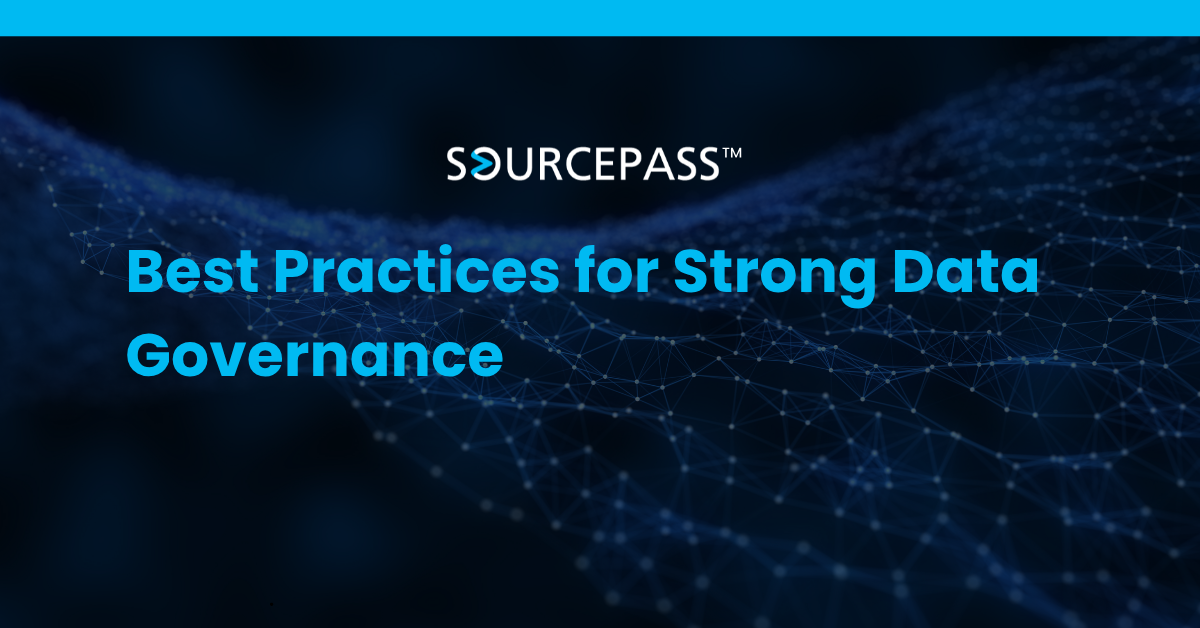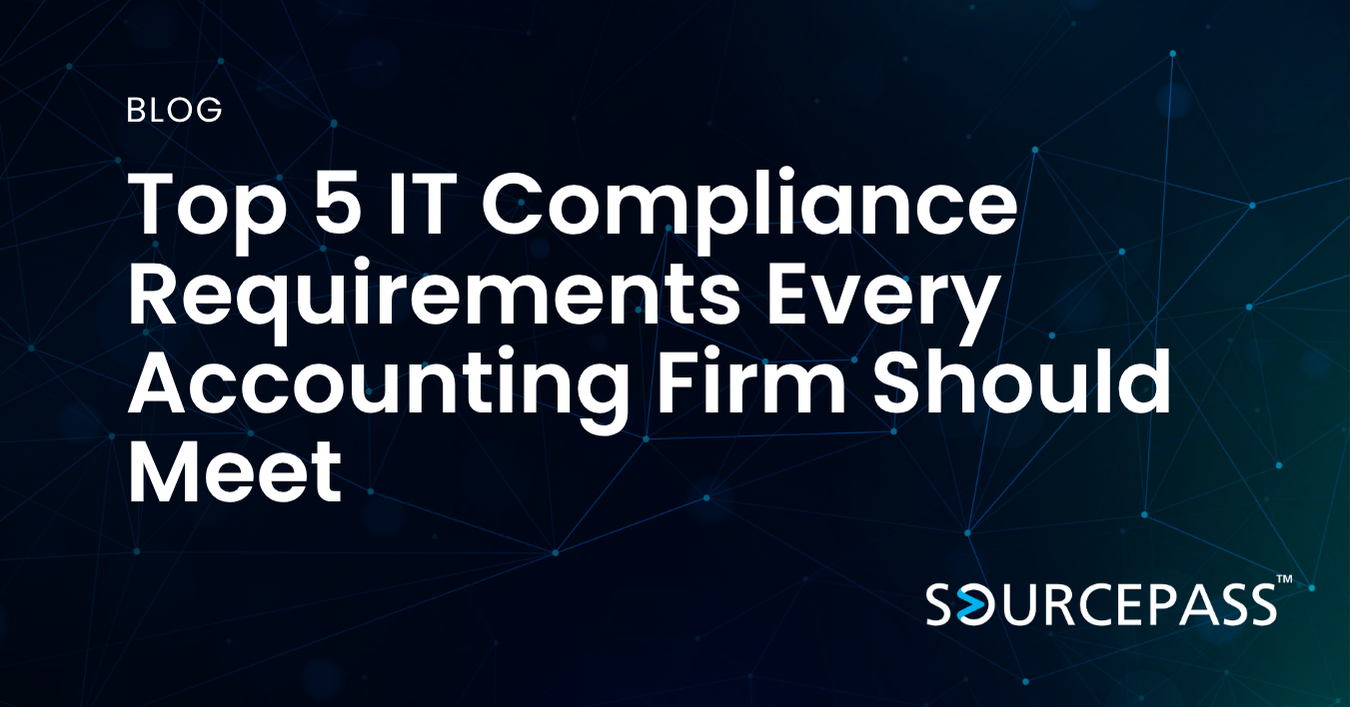Best Practices for Strong Data Governance
Oct 15, 2025 Alex Davis Productivity & AI | Cybersecurity | Data Management | Data Protection 2 min read



Data has become one of the most valuable assets a business holds. Yet without proper governance, that data becomes a liability—introducing risk, inaccuracies, and inefficiencies. Effective data governance ensures that information is accurate, secure, and used responsibly, supporting better business decisions and long-term trust.
This guide explores key best practices for building and maintaining strong data governance within your organization.
What Is Data Governance?
Data governance is the framework of policies, processes, and standards that determine how data is managed, accessed, and protected. It includes defining data ownership, ensuring accuracy, managing compliance, and supporting ethical use of information across the organization.
Strong governance builds a foundation for reliable analytics, secure operations, and regulatory compliance.
Why Data Governance Matters to Business Leaders
-
Improved Decision-Making: Reliable data means better insights and strategy.
-
Compliance and Risk Reduction: Governance helps avoid fines, breaches, and legal exposure.
-
Operational Efficiency: Clean, standardized data reduces duplication and manual corrections.
-
Trust and Transparency: Stakeholders, customers, and partners rely on credible information.
Best Practices for Effective Data Governance
1. Establish Clear Ownership and Accountability
Every dataset should have defined ownership. Assign data stewards or custodians responsible for data accuracy, access, and updates. Without accountability, governance frameworks often fail to take hold.
2. Define Policies and Standards
Create policies for data collection, storage, classification, retention, and usage. Standardize formats, naming conventions, and quality requirements. These guidelines should be documented, communicated, and enforced across departments.
3. Implement Strong Data Quality Management
Develop processes for auditing, cleansing, and validating data. Monitor for inconsistencies, duplicates, and outdated records. High-quality data is essential for trustworthy business intelligence and compliance efforts.
4. Secure Data with Access Controls
Limit access based on roles and responsibilities. Use identity management, encryption, and audit trails to protect sensitive information. Align controls with compliance requirements such as GDPR, HIPAA, or SOC 2.
5. Enable Cross-Functional Collaboration
Data governance is not an IT-only initiative. Involve stakeholders from finance, operations, legal, and executive leadership. Governance committees or working groups ensure shared accountability and alignment with business goals.
6. Promote Data Literacy and Training
Even the strongest governance frameworks fail if employees do not understand them. Offer training on data handling, compliance expectations, and security protocols. Encourage a culture of responsibility and ownership.
7. Leverage Technology and Automation
Use governance platforms, data catalogs, and workflow automation to enforce policies at scale. Automated monitoring and reporting reduce manual effort and improve consistency in applying standards.
8. Monitor, Measure, and Evolve
Data governance is ongoing. Regularly review key metrics such as data accuracy, compliance incidents, and access control exceptions. Adapt policies as business objectives, regulations, and technologies evolve.
Building a Governance Framework That Supports Growth
Data governance should enhance business agility, not restrict it. A well-designed governance program aligns with strategic goals, supports innovation, and ensures that data is a trusted decision-making asset. Rather than imposing rigid controls, it provides structure and clarity that empower leaders to move faster with confidence.
Frequently Asked Questions (FAQ)
What is the main goal of data governance?
The goal is to ensure that data is accurate, secure, accessible, and aligned with business strategy, enabling better decision-making and compliance.
Who should be responsible for data governance?
Ownership should be shared. While IT manages systems, business leaders, data stewards, and compliance officers should collaborate to define and enforce policies.
How does data governance support compliance?
It provides documented processes for data handling, access control, retention, and audit trails, which help meet regulatory requirements and reduce legal risk.
Can small and mid-sized businesses implement data governance?
Yes. Governance frameworks can be scaled. Even simple policies and defined ownership can dramatically improve data quality and security.
What tools support data governance?
Common tools include data catalogs, data quality platforms, identity and access management systems, and automation platforms that enforce consistent standards.
Subscribe To
Sourcepass Insights
Sourcepass Insights
Stay in the loop and never miss out on the latest updates by subscribing to our newsletter today!


